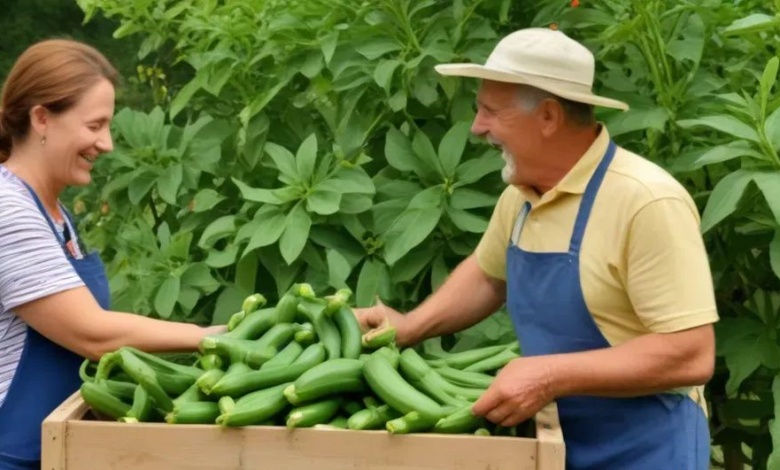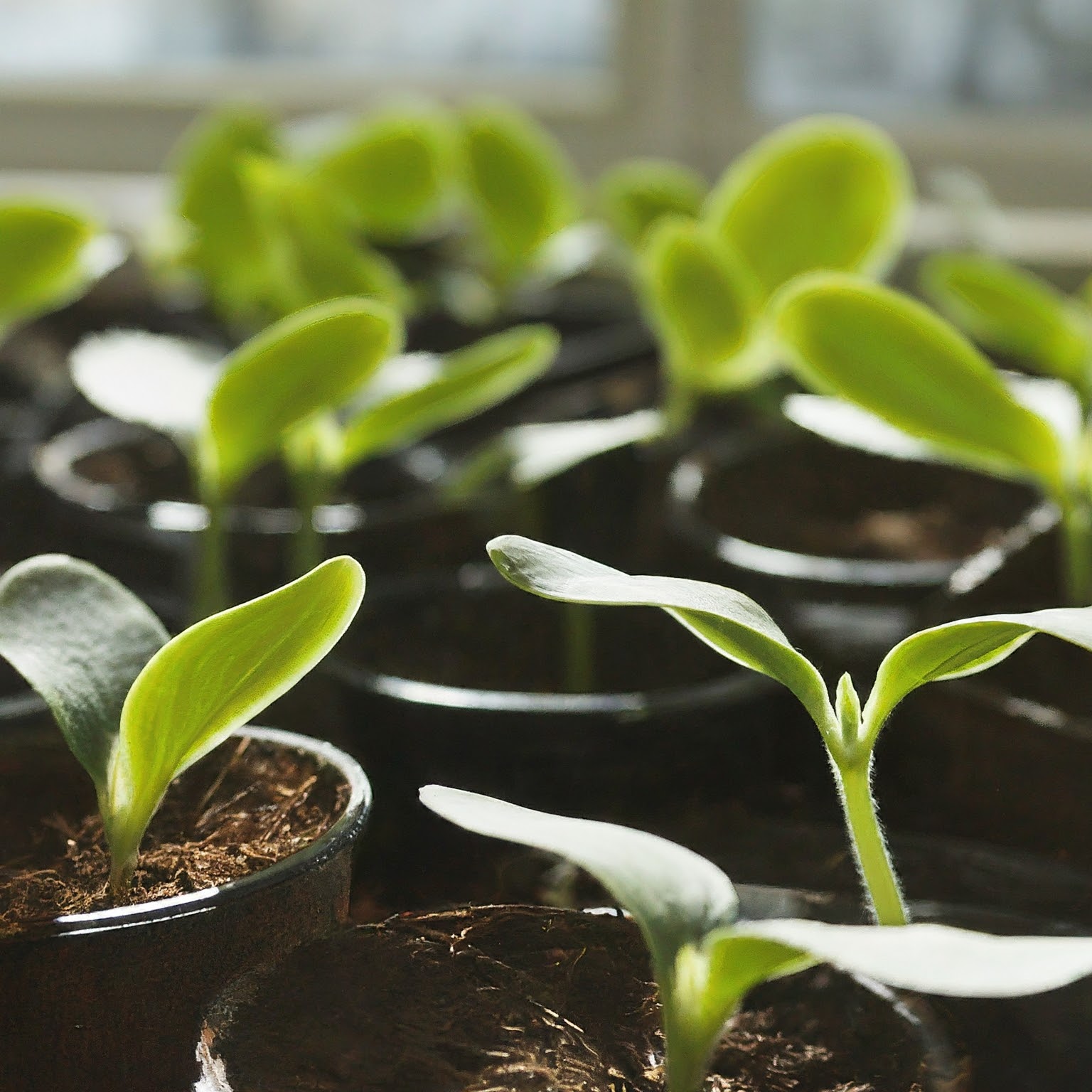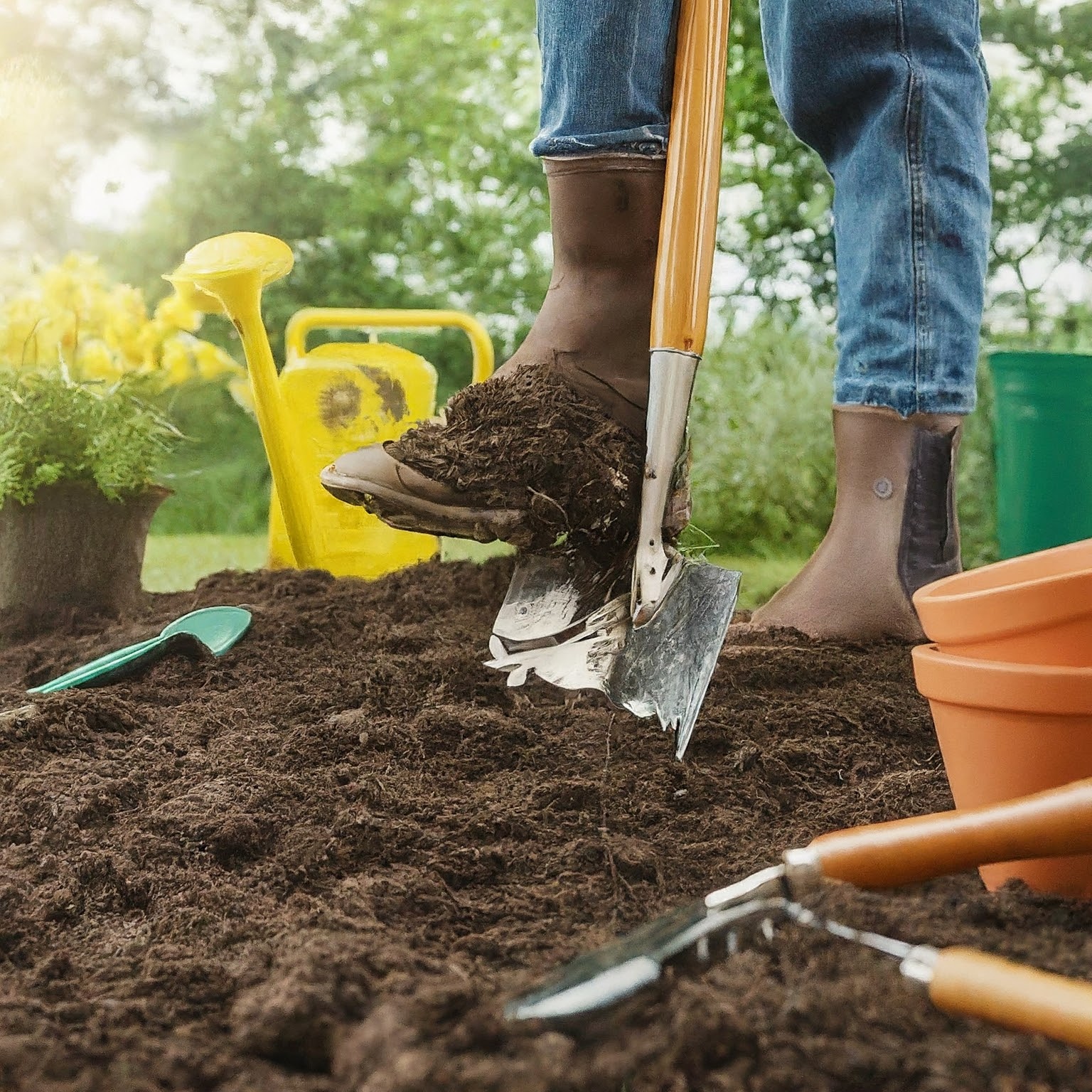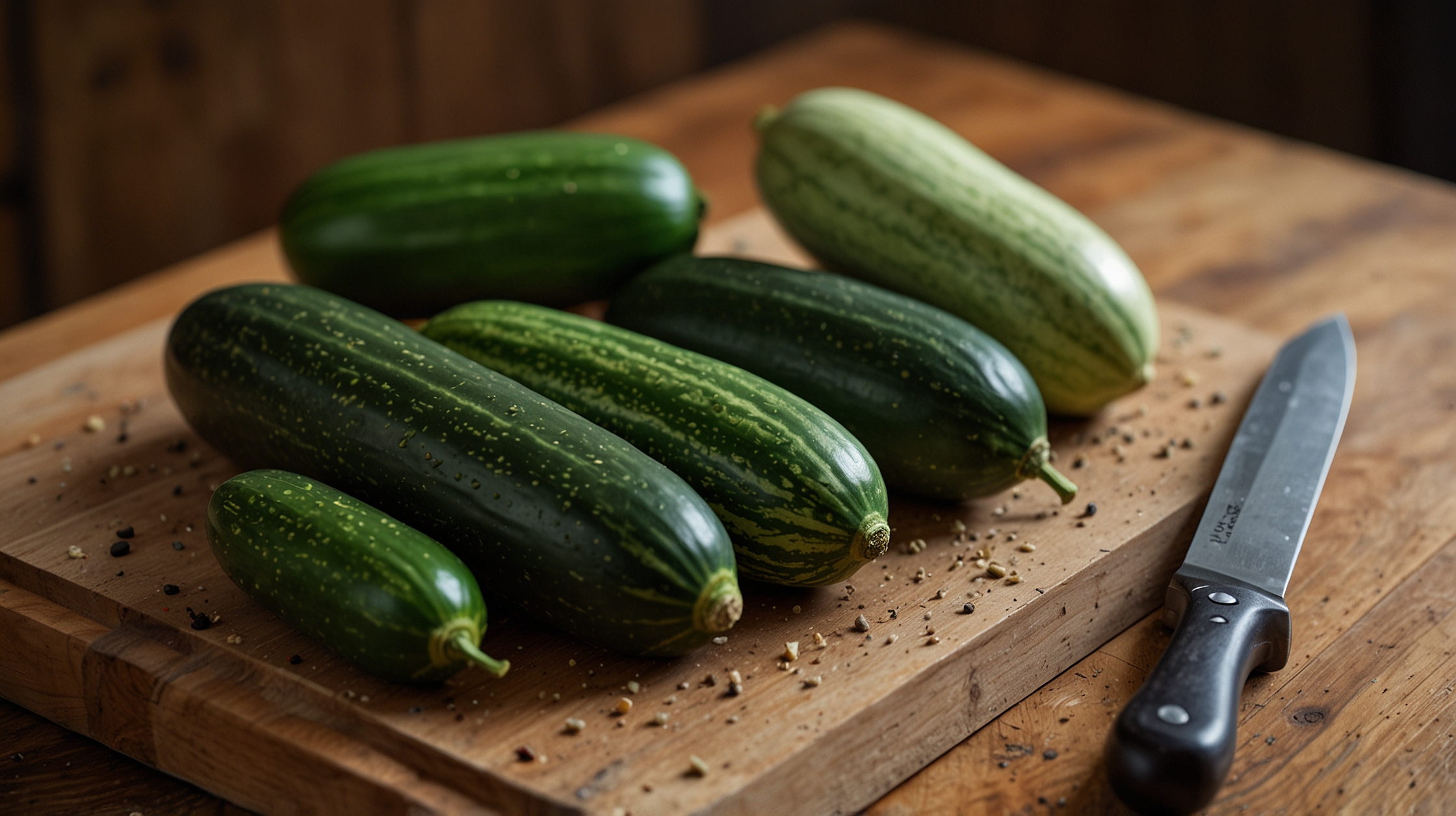Mastering the Art of Growing Zucchini from Seed: A Beginner’s Guide to Bountiful Harvests
Unlock the secrets to growing zucchini from seed with our comprehensive guide.

Gardeners who want to bring a little more freshness to their meals often grow zucchini because of its high yields and many culinary applications. No matter how much or how little gardening experience you have, growing zucchini from seed is an easy and satisfying project. Starting with the correct seeds and ending with a bumper crop of zucchini, this article will show you how to produce your own zucchini from seed.

Selecting Quality Zucchini Seeds:
Choosing good seeds is the first step in developing a prolific zucchini crop. Think about your environment, disease resistance, and desired variety of zucchini while selecting seeds. Find a reliable seed bank or nursery that has a broad variety of zucchini that will thrive in your area.
2. Planning Your Zucchini Garden:
Spend some time thinking out your garden’s layout before planting any zucchini seeds. A sunny spot with well-draining soil is ideal for zucchini plants, as they need lots of room to grow. If you’re short on garden space but still want your zucchini plants to thrive, try growing them in containers or on raised beds.

3. Sowing Zucchini Seeds:
Planting zucchini seeds requires either preparing a garden bed or using containers. If you want your seeds to grow, follow these steps:
After the risk of frost has gone and the soil has warmed to a minimum of 60°F (15°C), sow the seeds of zucchini straight into the dirt.
In rows no more than two or three feet apart, sow seeds an inch deep; alternatively, scatter seeds across several hills three to four feet apart.
To make sure the seeds germinate properly, water the soil well after planting.
4. Providing Proper Care:
With regular watering and light during the growing season, zucchini plants can reach their full potential. To get the most out of your zucchini plants, do these things:
Regularly water zucchini plants, making sure the soil is evenly moist but not soggy. Depending on the weather, you may need to add or remove an inch or two of water each week.
For optimal soil moisture retention, weed suppression, and temperature regulation, mulch the area surrounding zucchini plants.
For optimal growth, feed zucchini plants every three to four weeks with a balanced fertilizer or compost tea.
Aphids, squash bugs, and powdery mildew are just a few of the pests and illnesses that zucchini plants are susceptible to. If you notice any infestations, make sure to treat them right away using organic methods or insecticidal soap.

5. Supporting Zucchini Plants:
Adding extra support to your zucchini plants as they mature might help keep the fruits off the ground and away from rot. To help zucchini plants climb, you can use trellises, stakes, or even tomato cages. Before the plants get too big and unruly, make sure to give them support early on in the growing season.
6. Harvesting Zucchini:
The day will come when your zucchini plants bear a lot of fruits—that is the moment of truth. When is the right time to harvest? Here are several signs:
Pick zucchini while they’re still young and pliable, about 6-8 inches in length and 1–2 inches in diameter.
Carefully remove the zucchini from the plant using pruning shears or a sharp knife, being careful not to harm the stem or any nearby foliage.
If you want your zucchini to keep producing fruit all season long, you need to harvest it often.

7. Enjoying the Fruits of Your Labor:
Now that you have your zucchini that you worked so hard to harvest, it’s time to savor them. Grilling, sautéing, baking, and pickling are just a few of the many ways that zucchini can be prepared in the kitchen. Use freshly picked zucchini in old standbys or try something new to highlight the flavor and texture of this adaptable veggie.

Conclusion: Cultivating Zucchini Success from Seed to Harvest
Having a bumper crop of fresh, homegrown zucchini is just one of the many benefits of starting your own garden from scratch. If you follow this method, you may successfully grow zucchini in your own backyard. It walks you through every step, from choosing good seeds to picking small fruits. Zucchini, when grown from seed, is an easy and healthy vegetable to raise for everyone, from novice gardeners to seasoned pros. Get your hands dirty, turn over some dirt, and start growing zucchini now!
FAQ’s
How long do zucchini take to grow from seed?
In about a week or two after planting, zucchini seeds will begin to sprout. They don’t need much time to grow and, depending on the type, should be ready to harvest in 40–55 days. Replanting in August will allow you to produce zucchini in the fall if your growing season is as long as mine in North Georgia.
How do you grow zucchini for beginners?
Pick a spot that gets full sun, has soil that drains well, and is rich in nutrients from compost or aged manure; zucchini will eat their food voraciously as they grow. Because your plant will require regular watering, pick a site where you won’t have any trouble remembering to water it.
Can I plant the seeds from my zucchini?
While the simple answer is “yes,” there is a lengthy and intricate process to obtain viable and authentic zucchini seed. Quite the challenge! The gourd family (Cucurbitaceae) includes zucchini (Cucurbita pepo).







